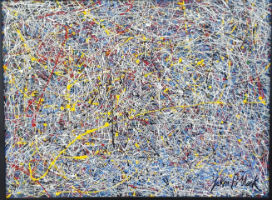
NEW YORK – Jackson Pollock (American, 1912-1956) was nicknamed “Jack the Dripper” by Time Magazine in 1956 owing to his pioneering technique of painting that changed the face of art. Before Pollock, most art was representational and depictions of subjects were realistic but Pollock and his contemporaries created a new style that came to be known as Abstract Expressionism (AbEx for short).
Pollock honed his art training, studying under famed American painter/muralist Thomas Hart Benton at the Art Students League of New York but the key moment came when he took an experimental class in New York City taught by David Alfaro Siqueiros, a leading Mexican social realist painter in 1936, where he was first exposed to liquid paint. This would be a sea change in Pollock’s painting technique, starting in the 1940s.
He and his wife, Lee Krasner, a fellow artist and her husband’s biggest champion, settled into a home on Long Island, New York, where he laid out large canvases on the floor of his studio and patented his “drip” technique, pouring and brushing household paints with a frenzied rhythm rarely seen before.
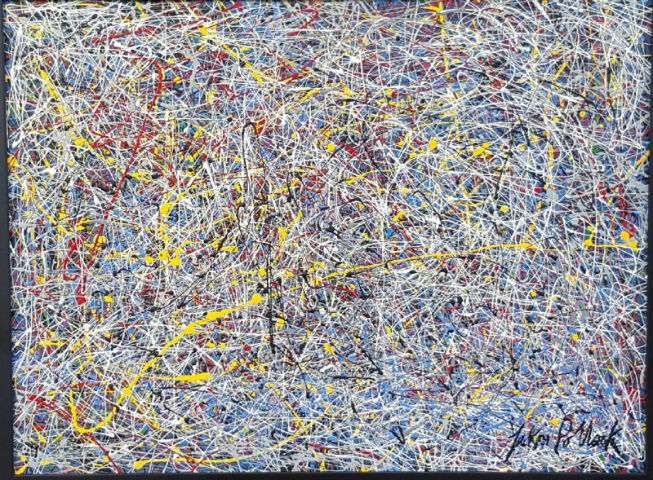
“Pollock’s technique of pouring and dripping paint is thought to be one of the origins of the term action painting,” according to www.jackson-pollock.org. Utilizing this revolutionary technique, Pollock was able to create an action-based way of painting with “the paint now literally flowing from his chosen tool onto the canvas.”
Sheree Lutz curated a 2017 exhibition at the Nelson-Atkins Museum of Art in Kansas City, Missouri, juxtaposing legendary AbEx painters Pollock and Robert Motherwell. “Both innovated new approaches to creative expression. They also shared colorful, intense personalities that raised their profiles not just in the art world but in the public imagination,” said Julián Zugazagoitia, CEO and director of the museum, in a press release that year, announcing the exhibition.
Describing what made Pollock’s art so compelling, Lutz said, “Jackson Pollock’s legendary canvases pushed conventional boundaries with their groundbreaking technique and bold abstraction.”
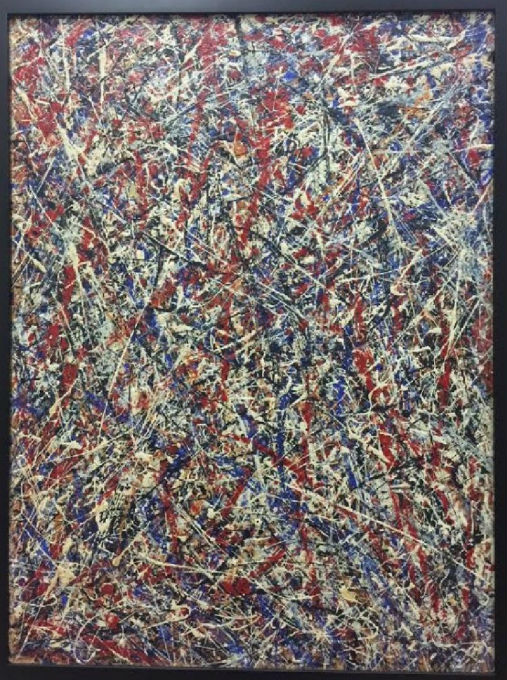
“The Nelson-Atkins Museum of Art’s painting, entitled No. 6, 1952, demonstrates Pollock’s poured or dripped method of paint application. He laid the canvas directly on the floor and moved around it, flinging and splashing skeins of paint onto the surface. This practice disregarded any previous desire for a noticeable background, middle ground, and foreground — the paint simply rests atop the canvas,” she said. “He also abandoned recognizable imagery such as figures and landscapes. Instead, he focused on form and line, letting each new stroke of paint respond to the previous until a layered labyrinth emerged.”
Pollock’s art existed in tandem with his lifelong struggle with alcohol and he died from a car accident at age 44 while driving under the influence. Alcoholism was but one challenge he faced in his life. “Pollock overcame many of life’s challenges — coming from meager means and a volatile family life, lacking traditional education, and surviving the Great Depression as an artist. He managed to channel some of these disadvantages into innovative and new ways of thinking about painting,” Lutz said. “However, it is also well known that when he was struggling the most with his alcohol dependence, his painting suffered. He could barely make any new work. And, unfortunately, this addiction was something he dealt with until the very end of his life.”
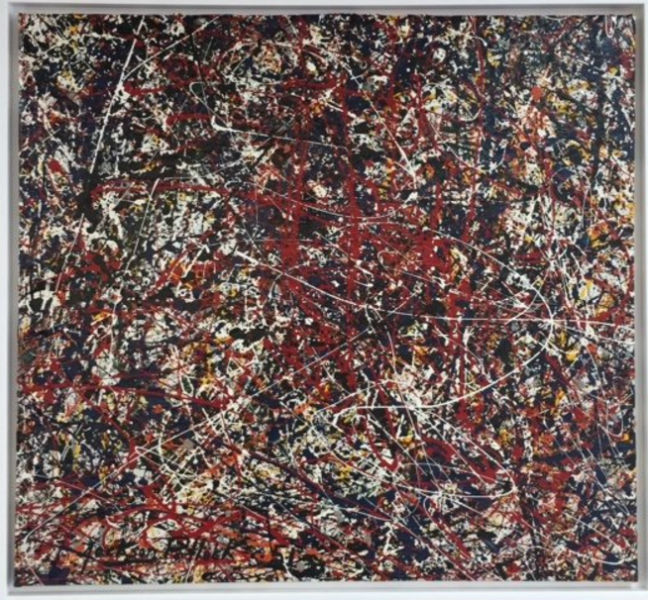
Speaking on Pollock’s lasting influence, Lutz said, “Pollock and his Abstract Expressionist colleagues had a significant impact on the art world and a younger generation of artists. For the first time, a movement of American art took center stage. The enormous size of their canvases along with their commitment to nearly total abstraction took the creative community by storm. Younger artists also felt the freedom to seek and explore the purity of color, line and form.”
Pollock’s drip paintings are riotous in color but the artist had a phase he went through in the 1950s when his palette grew darker, known as his “Black period.” Although not as favorably received and coveted as his earlier works and later works, when he returned to creating colorful canvases, this period was an important transitional period in his oeuvre.
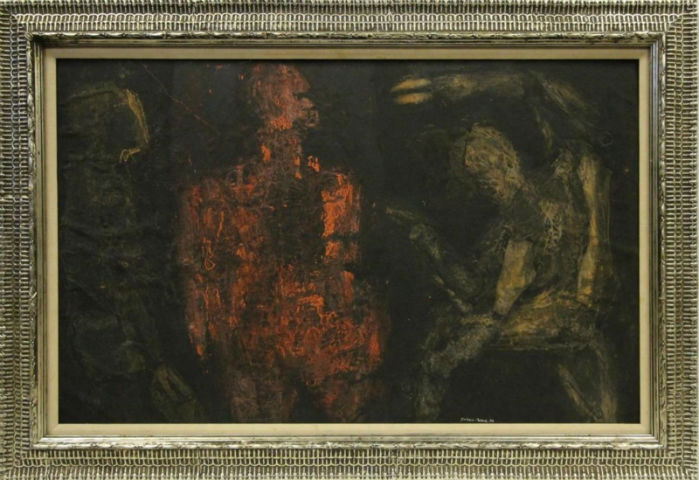
“Pollock’s later, darker works like No. 6, 1952, reveal his explorations into pure form and his reintroduction of some symbolism. At the time of their creation, perhaps they simply were not the ‘standard’ Pollock painting that the public became accustomed to,” Lutz said. “However, the black paintings are becoming more appreciated and have been the subjects of recent exhibitions and publications.”
Among the artist’s most important works, according to Lutz, are his largest-ever canvas Mural, one of his earliest largely abstract works, which altered the direction of American painting; his quintessential drip painting Lavender Mist, widely regarded as a masterpiece; and Summertime, which was featured in LIFE Magazine in 1948, which launched his career into international stardom.
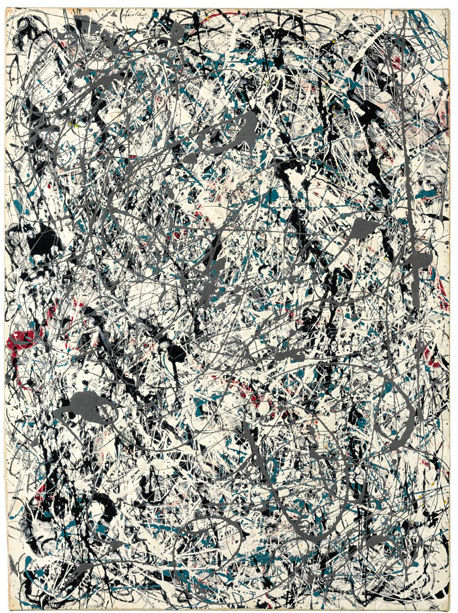
The current market for Pollock’s work seems to be holding steady. Granted Pollock’s status in the art world, however, the artist is simply too big to fail. That said, however, prices for artworks have fluctuated in recent years from an insane high of Salvador Mundi by da Vinci in late 2017 to Christie’s sale in London in March 2018 of Pollock’s Number 21, 1950, which came in just under low estimate at 9.3 British pounds ($13.2 million). The top price for a Pollock reportedly is his 1948 painting, Number 17A, that sold in a private sale in September 2015 from the David Geffen Foundation for $200 million. It is ranked fifth in Wikipedia’s list of the 10 most expensive paintings sold. The top auction price for a Pollock is Number 19, 1948, that sold at Christie’s New York for $58.3 million in May 2013.
No matter the vagaries of the art market as prices may rise and fall, Pollock’s legacy in the art world is most decidedly assured.


